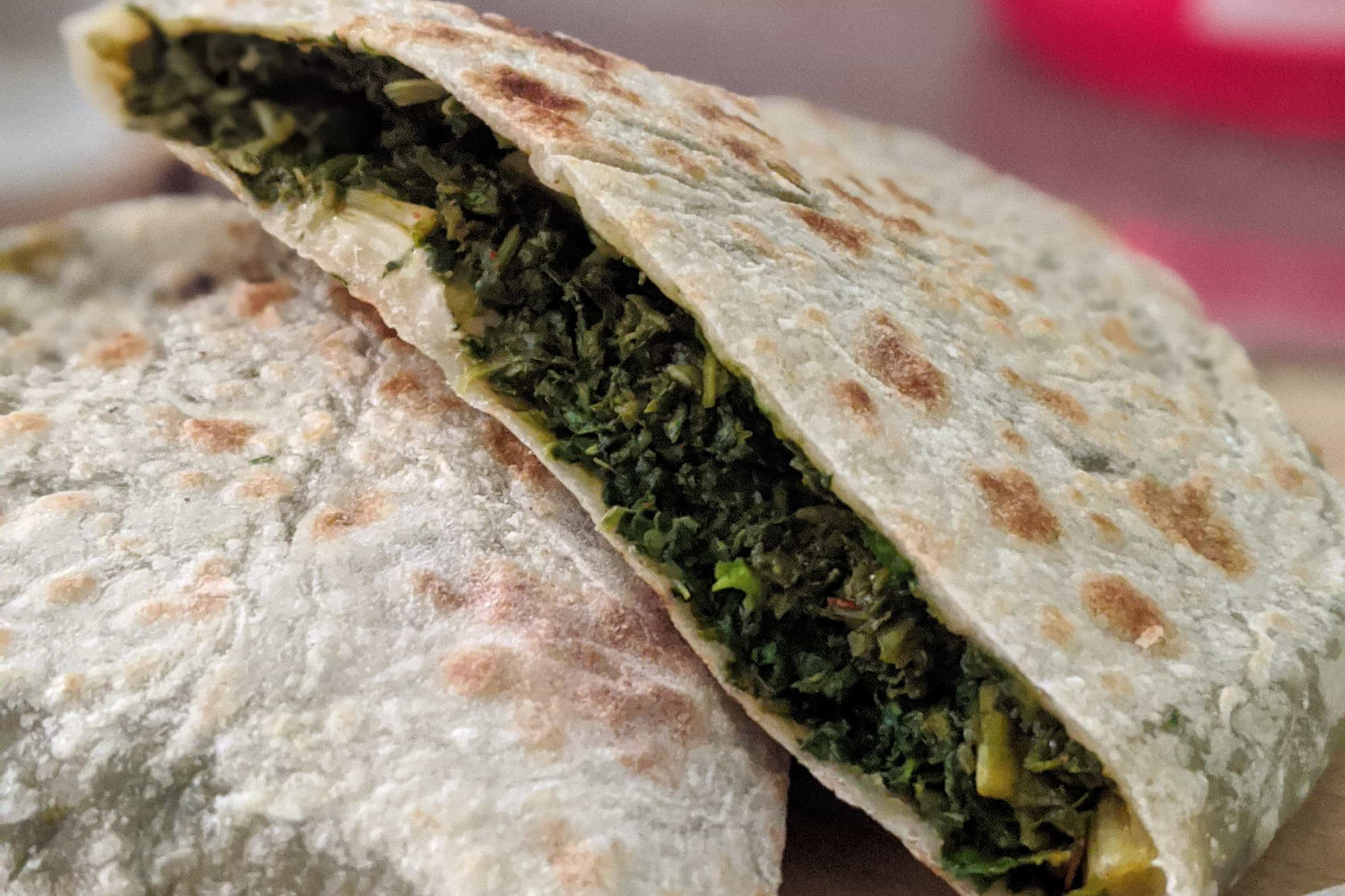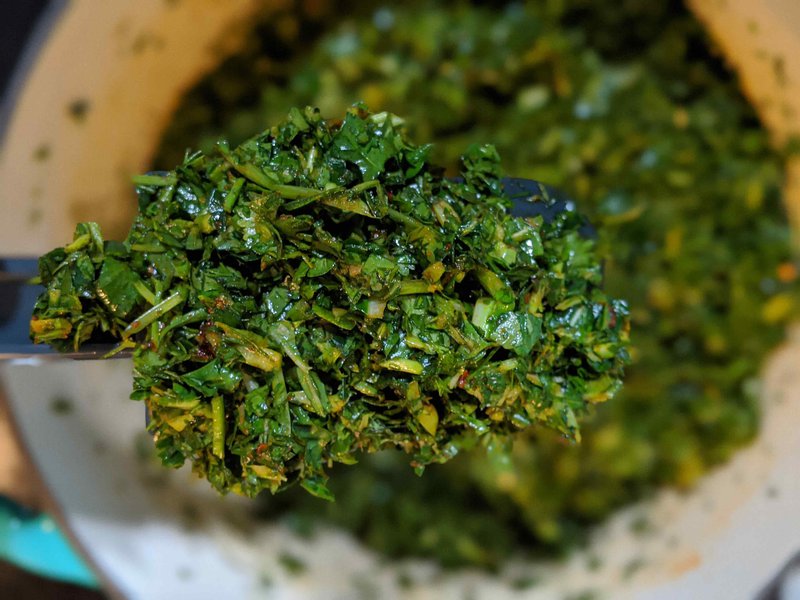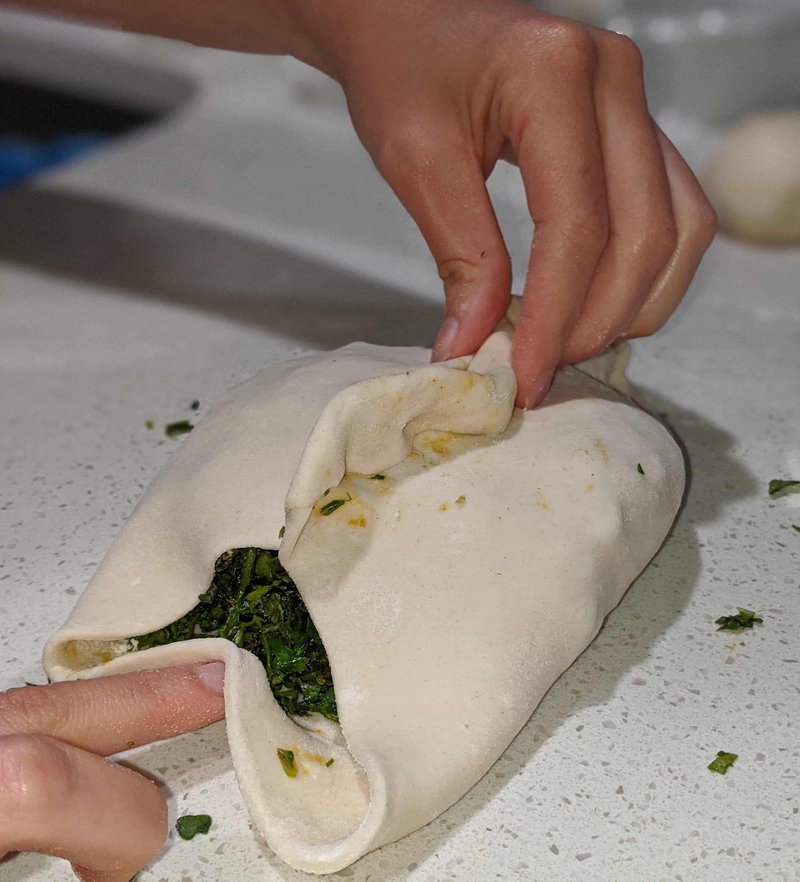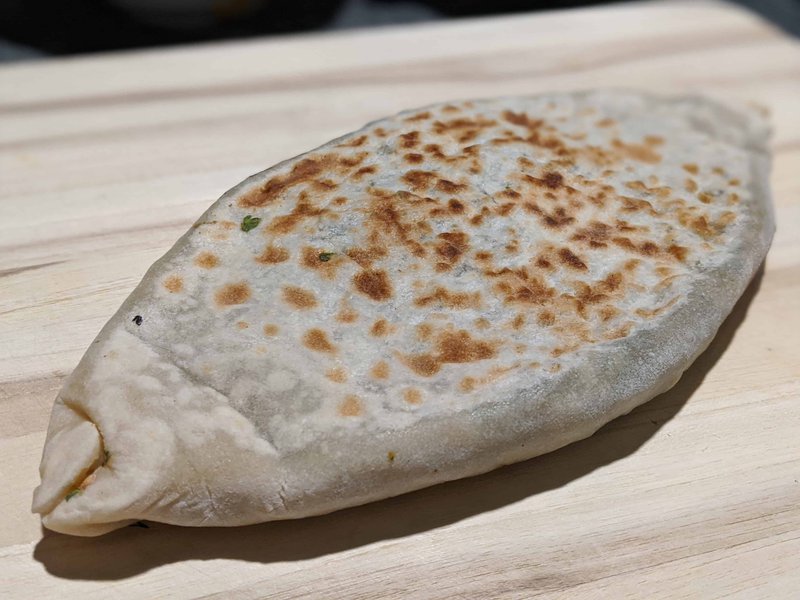
My husband is Armenian. Or half at least, but for Armenians, it feels like anything over 5% and you’re Armenian. I’ve learned a lot over the years about Armenians and their culture. Where they come from, the Armenian Genocide and what it did to the people who survived, the diaspora (the dispersion of people from their homeland) it created and the fall out from that.
I’ve also learned about the most important part of every culture. The food. And ohhhhh boy… Armenian food. It’s good.
From Choreg (which actually isn’t from Armenia, but was created by Armenians elsewhere after the genocide), to Armenian string cheese, pilaf, and lahmajoon. I’ve never met an Armenian meal I didn’t inhale. So when I heard about a new Armenian cookbook, Lavash, that was getting rave reviews from Armenians and non-Armenians alike I had to look into it. I haven’t bought the book yet, but as I read interviews with the authors one thing stuck out.
They said that their standout recipe from the whole cookbook would be these breads, called “Jingalov Hats.” As you can imagine, I had one goal. Make them.
There are as many variations of Hats as there are ways to spell them (Jingalov, Zhingylov, Zhingyalov, that I’ve run into so far) and for a good reason. The beauty of Hats is that they are simple, to an extent. They’re made by rolling a basic dough into a thin circle, filling it with a blend of greens and spices, then flattening it into a deflated football shape (Tom Brady style) before cooking it on a pan. Simple enough, but what allows for such diversity and makes the flavors unique every time, is that the mix of greens is incredible.

The recipe we used has three different groupings of greens and each of those are broken into four to five different options with the “rule” being that you choose three or more. By the time you’re filling your Hats you have at least 12 different types of herbs and fresh greens to add to the amazingly fresh and vibrant flavors.
These greens are also the number one reason that I won’t make these unless I have a food processor on hand. I guess maybe it’s cheating, but it’s a good cheat.
All of the greens (eight cups for our recipe), must be washed, thoroughly dried, and chopped fine before being mixed to make the filling. Chopping eight cups of anything takes time, chopping eight cups of greens from 12 different ingredients, it's a lot. With our food processor, the hardest part becomes the drying (see Pearl tips).
Overall the Hats were beyond delicious. They’re now something we crave and make about once a month.


They’re healthy, delicious, packed with vitamins and nutrients, and easy to store in the fridge for quick meals. It takes commitment at times to find the right mix of greens, but as long as you’re flexible and understand the flavor elements it’s not terrible.
Quick details:
Pearl hours: 1.5 hours
Start to Finish: 4 hours
Difficulty: Easy
Project thoughts:
These have become a permanent staple of our monthly recipe rotation. If you have access to a variety of fresh greens I highly recommend them.
Pearl Tips:
- Get a food processor.
- Dry greens MEANS dry greens. Any extra water can seep into your dough as it waits to cook or while cooking and can create holes in your dough
- Slice your Hats in half down the short section. These are bigger than you might expect, halving them will make eating them easier (it also helps release the aromas inside which are divine)
Lessons learned:
- Get those greens DRY. Soggy Hats are not as good as crisp ones
- Watch your heat. The recipe calls for a hotter pan for the first few minutes of cooking, then a lower heat for the rest. The dough is thin and can easily burn if you aren’t paying attention
How I'd do it differently next time:
- Try drying greens in the laundry drier? Sounds weird, but it’s a tip someone passed along to my mom so I might give it a shot.
- Mix it up! We’ve tried them with a bunch of different greens as well as: feta and Pomegranate Molasses*. Would love to try Pomegranate seeds.
*Side note: “Pomegranate molasses?” You ask. Yes. Yes it exists and is a key ingredient in Muhammara, the Armenian dip that will change your life).